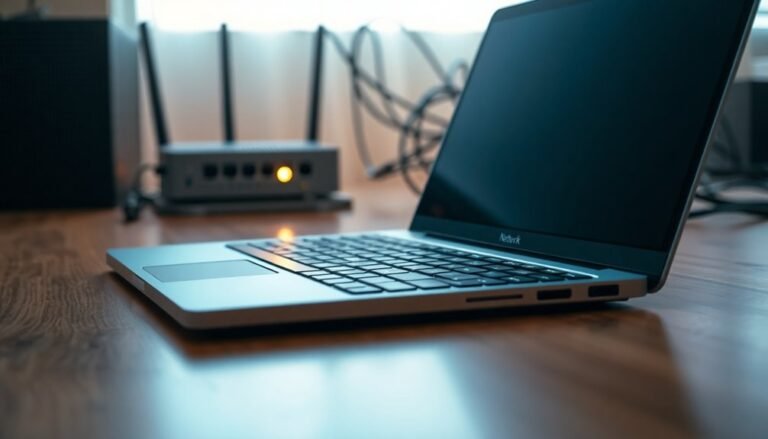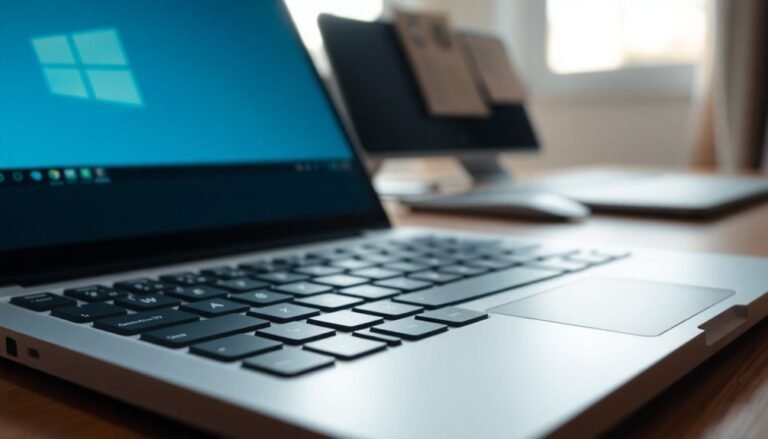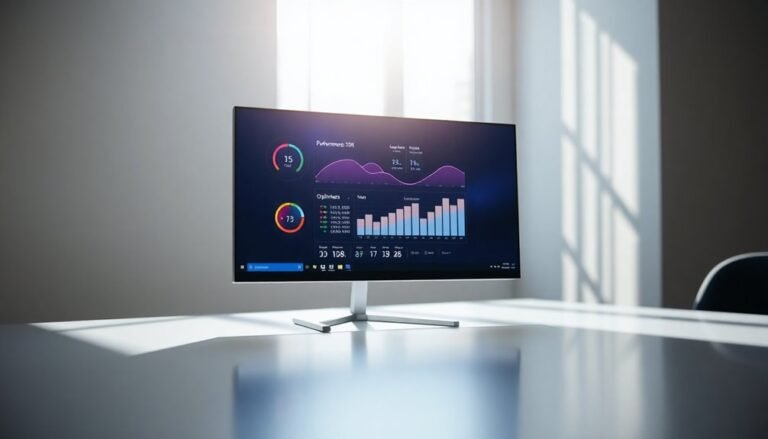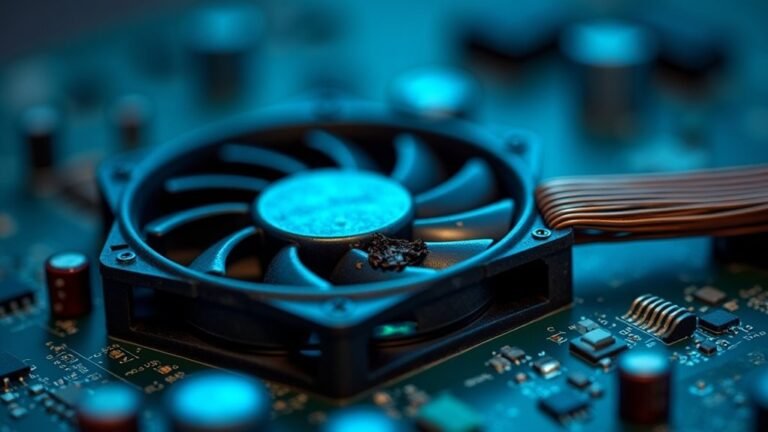100% Disk Usage Windows 8: Troubleshooting High Disk Usage on Windows 8
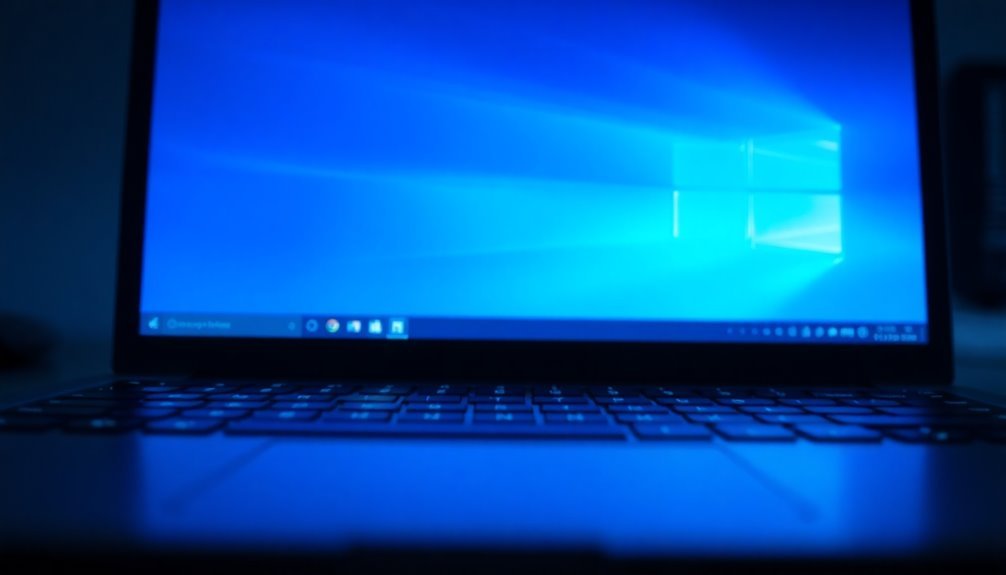
If Windows 8 shows 100% disk usage, open Task Manager to identify which processes are causing the spike.
Check for malware and scan for disk errors using chkdsk.
Update your drivers to ensure optimal performance.
Disable high-impact services like SysMain or Windows Search if needed.
Reduce unnecessary startup programs to improve boot times.
Adjust your virtual memory settings for better efficiency.
Regularly clean up temporary files to free up space.
Keep your system updated to avoid future issues.
Learn precise steps and advanced solutions just below.
Common Causes of 100% Disk Usage on Windows 8

Common Causes of 100% Disk Usage on Windows 8 and How to Fix Them
Experiencing 100% disk usage on Windows 8 can significantly slow down your PC and affect performance. This problem is often caused by a mix of system services, background processes, hardware issues, file system settings, or malware.
Key services like SysMain (formerly Superfetch), Windows Search, and Connected User Experiences and Telemetry frequently lead to continuous disk activity. To identify the source, try disabling these services one at a time and restart your computer. Disabling unnecessary startup services can also help reduce initial disk strain and improve boot times.
Background tasks such as Windows Updates, antivirus scans, and applications like rundll32.exe or web browsers can also cause high disk usage spikes.
Additionally, hardware problems such as outdated SSD firmware or failing hard drives contribute to this issue. Checking the Event Viewer for Event ID 129 can help diagnose hardware errors. Updating your firmware or running disk diagnostics is recommended.
Misconfigured virtual memory settings or file system errors may overload your disk as well.
Finally, malware infections or aggressive antivirus scans can keep disk usage at 100%. Running a full virus scan and adjusting your security software settings can resolve these problems.
Following these steps can help reduce 100% disk usage on Windows 8 and improve your PC’s speed and responsiveness.
Recognizing Symptoms of High Disk Utilization
How to Recognize Symptoms of High Disk Utilization on Your Computer
High disk utilization can cause significant slowdowns on your PC, but identifying the symptoms is straightforward if you know what to watch for. Common signs include noticeable computer lag, slow file access times, unresponsive applications, and occasional system freezes.
Tasks like copying files or launching programs may take much longer than usual, impacting your productivity. In many cases, opening Task Manager and viewing the Performance or Resource Monitor tabs will clearly show if your disk usage is spiking to 100%, which helps confirm the problem. You might also experience frequent program crashes or failure to open apps, with the overall user interface feeling sluggish—especially right after logging in or installing a Windows update.
A key indicator of a problem is a persistent 100% disk usage shown in Task Manager, even when only a few programs are running. Disk activity often spikes alongside network operations such as Windows updates or data syncing.
These symptoms tend to be more severe on traditional hard disk drives (HDDs) due to their slower mechanical parts. If your PC’s performance issues persist in Safe Mode or after disabling startup programs, it usually points to a deeper background process or an operating system-level disk bottleneck that requires advanced troubleshooting.
Using Task Manager to Identify Disk-Heavy Processes
Use Task Manager to Quickly Identify Disk-Heavy Processes on Your PC
- Monitor processes with consistently high disk usage to pinpoint performance bottlenecks.
- Sort processes by disk I/O in Task Manager to isolate the most disk-intensive applications.
- Track usage patterns to determine if disk activity spikes are persistent or temporary.
Investigating Disk Activity With Resource Monitor
How to Investigate Disk Activity Using Resource Monitor: A Comprehensive Guide
Resource Monitor is a powerful Windows tool that provides an in-depth, real-time view of disk activity, offering far more detailed information than Task Manager. To access Resource Monitor, open Task Manager, navigate to the Performance tab, and click on “Open Resource Monitor.” Alternatively, press Windows + R, type “resmon,” and hit Enter.
Once in Resource Monitor, switch to the Disk tab to monitor which processes are utilizing your drives the most. Here, you can see precise read and write speeds along with file-level access details. Use the “Total (B/sec)” column to sort and quickly identify disk-intensive files or processes that may be slowing down your system.
Resource Monitor also provides a visual summary of each system drive, showing total capacity, available free space, active time percentage, and disk queue length. A high disk queue length is a key indicator of disk bottlenecks, helping you diagnose performance issues effectively. The easy-to-understand graphs enable you to track disk usage trends over time.
You can filter disk activity by specific processes if you suspect a particular application is causing high disk usage. Additionally, Resource Monitor lets you correlate disk activity with CPU and memory usage, and it highlights hard faults that indicate paging file issues.
This detailed, granular insight helps you pinpoint the exact cause of high disk usage and optimize your PC’s performance. By leveraging Resource Monitor to investigate disk activity, you can identify and resolve disk performance problems quickly and efficiently, ensuring your Windows system runs smoothly.
Checking for Malware and System Errors
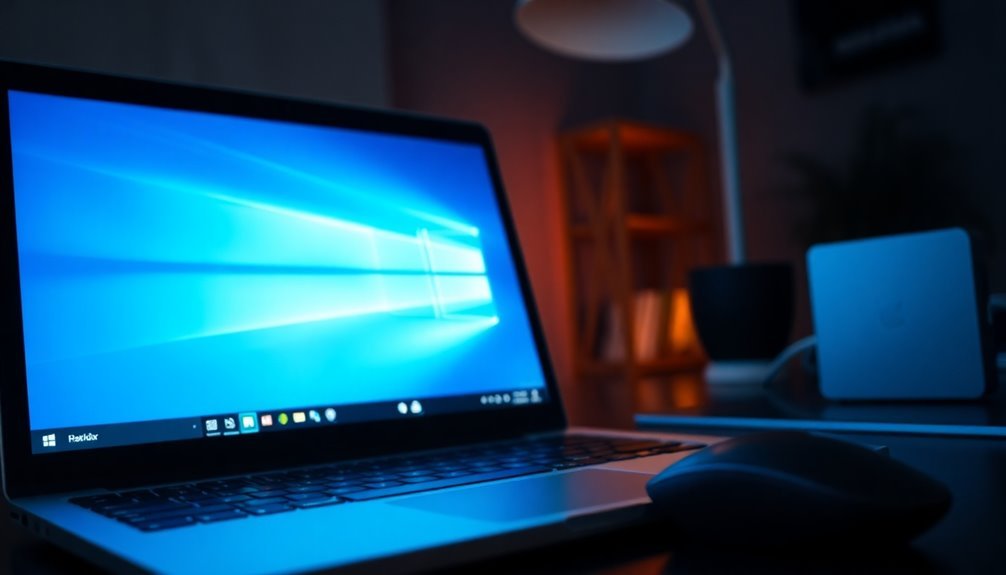
How to Fix High Disk Usage on Windows 8: Check for Malware and System Errors
If your Windows 8 PC is experiencing persistent high disk usage, malware infections and system errors are often the main causes. Malware can fill your hard drive with unwanted files, disable your security software, or run unfamiliar programs in the background, significantly slowing down your computer’s performance.
To protect your system, run a full malware scan using trusted tools like Windows Defender, Malwarebytes, or your preferred antivirus software. Make sure your virus definitions are fully updated before scanning. Sometimes, security tools themselves—such as the MsMpEng.exe process—may cause temporary disk usage spikes, but ongoing problems require a thorough malware check.
Besides malware, corrupted system files or disk errors can also lead to high disk usage on Windows 8. Use the built-in chkdsk utility with the /r parameter to check for and repair disk errors. You can also run Windows Error Checking tools to detect and fix file system issues that impact performance.
Follow these essential steps to resolve high disk usage on Windows 8:
- Perform comprehensive malware scans regularly.
- Keep your antivirus software updated and monitor its activity.
- Run chkdsk /r and Windows Error Checking to repair disk and system file errors.
By addressing malware infections and system errors, you can significantly improve your Windows 8 PC’s disk usage and overall speed.
For more tips on optimizing Windows 8 performance, explore our detailed guides and troubleshooting articles.
Disabling Superfetch, Telemetry, and Other Background Services
How to Disable Superfetch, Telemetry, and Background Services to Reduce High Disk Usage in Windows 8
If you’re experiencing high disk usage on your Windows 8 PC, especially with traditional hard drives, disabling certain background services like Superfetch (SysMain), Windows Telemetry, and indexing services can significantly improve performance.
These services often cause unnecessary disk activity, slowing down your system.
Step 1: Disable Superfetch (SysMain) to Reduce Disk Usage
Superfetch, now called SysMain, is a Windows service that preloads apps into memory but can lead to excessive disk usage.
To disable it:
- Press Windows + R, type `services.msc`, and press Enter.
- Find SysMain in the list, right-click it, and select Stop.
- Right-click again, choose Properties, and set the Startup type to Disabled.
Alternatively, open Command Prompt as administrator and run:
“`
net stop sysmain
sc config sysmain start= disabled
“`
Step 2: Disable Windows Telemetry Services
Windows Telemetry services like DiagTrack and dmwappushsvc collect diagnostic data and can increase disk activity.
To disable:
- Open Services (services.msc).
- Locate Diagnostic Tracking Service (DiagTrack) and dmwappushsvc.
- Right-click each service, select Stop, and set Startup type to Disabled.
You can also adjust privacy settings to limit telemetry data collection.
Step 3: Turn Off Other Disk-Intensive Services
Services such as Windows Search Indexer, File History, and Offline Files can cause disk spikes.
To disable these:
- Open Task Manager or System Configuration (msconfig).
- Identify these services and disable them if you don’t use their features.
Disabling unnecessary background services can boost your PC’s responsiveness and reduce persistent high disk usage.
By following these steps to disable Superfetch, telemetry, and other disk-heavy background services on Windows 8, you can optimize your system for faster, smoother performance.
For more tips on improving Windows 8 speed and reducing disk usage, keep exploring our guides.
Adjusting Virtual Memory for Optimal Performance
How to Optimize Virtual Memory Settings in Windows 8 for Better Performance
To enhance your Windows 8 PC’s performance, start by disabling unnecessary background services to reduce disk activity.
Next, optimize your virtual memory settings—a crucial feature that uses disk space as supplemental RAM to maintain system stability when physical memory is limited.
Follow these step-by-step instructions to adjust virtual memory in Windows 8:
- Open Control Panel.
- Navigate to System > Advanced system settings.
- Under the Performance section, click Settings.
- Select the Advanced tab.
- Click Change under the Virtual Memory section.
- Uncheck Automatically manage paging file size for all drives to enable manual configuration.
For optimal virtual memory setup, follow these expert guidelines:
- Set the Initial size equal to the amount of your physical RAM (e.g., if you have 8 GB RAM, enter 8192 MB).
- Set the Maximum size between 1.5 to 3 times your RAM (for example, 24,576 MB for 8 GB RAM).
- Click Set, then OK to save changes.
- Restart your computer to apply the new settings.
Tips to keep in mind:
- Avoid setting paging files too large, as this can unnecessarily consume disk space.
- Systems with fast SSDs benefit from quicker virtual memory performance.
- After adjusting, monitor your PC’s performance and revert changes if you encounter issues.
- For computers with low RAM, consider enabling ReadyBoost using a USB flash drive to improve memory management.
Managing Windows Search and Indexing
Windows Search indexing is a powerful feature that acts like a catalog for your files, delivering fast and efficient search results on your Windows 8 PC.
However, it can increase disk and CPU usage, especially on systems using traditional hard drives. If you experience high disk activity caused by the SearchIndexer.exe process, open Task Manager to identify its impact on system resources.
To optimize Windows Search indexing and reduce disk load, go to Control Panel > Indexing Options. Here, you can customize indexed locations by limiting them to frequently searched folders and excluding large or rarely accessed directories.
This targeted indexing approach helps minimize unnecessary disk I/O and improves overall system performance.
If high disk usage from Windows Search continues, you can temporarily disable the Windows Search service. Press Windows+R, type “services.msc,” locate Windows Search, set Startup Type to Disabled, and click Stop.
Keep in mind this will disable search functionality until the service is re-enabled. For ongoing issues, check Event Viewer for search-related errors or rebuild the search index to fix corrupted entries.
By managing Windows Search indexing effectively, you can enjoy faster file searches while maintaining optimal system performance on Windows 8.
Follow these tips to balance quick search capabilities with minimal impact on your computer’s resources.
Reducing Startup Programs and Background Apps
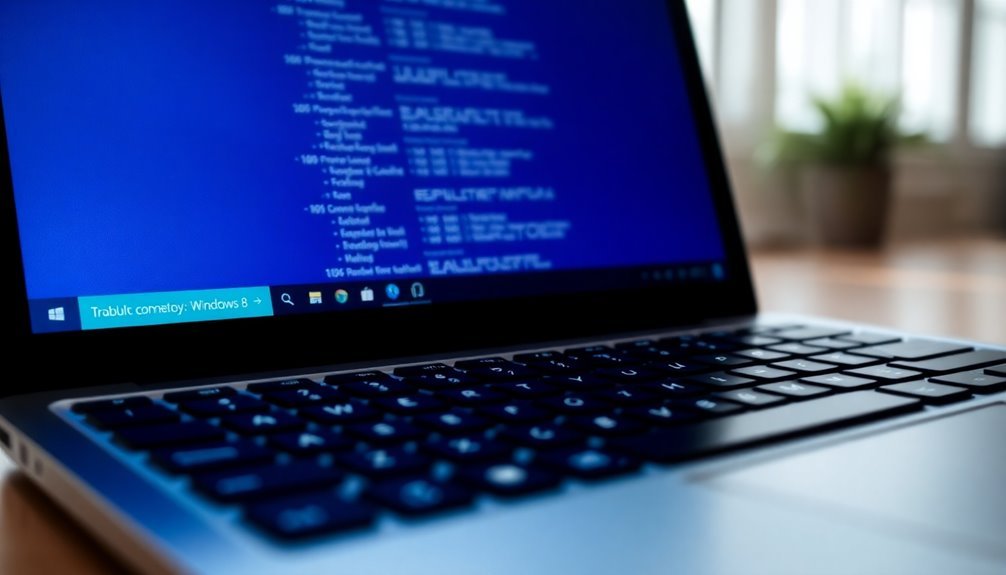
How to Reduce High Disk Usage on Windows 8 by Managing Startup Programs and Background Apps
If you’re experiencing high disk usage on your Windows 8 PC, one of the most effective solutions is to reduce the number of startup programs and background apps running on your system. Here’s a step-by-step guide to help you optimize your disk performance and speed up your computer.
1. Disable High-Impact Startup Programs in Task Manager
Open Task Manager by pressing Ctrl + Shift + Esc and navigate to the Startup tab. Here, you’ll find a list of apps along with their impact ratings on system resources. Disable any programs labeled as “High” impact to reduce unnecessary disk activity during system boot-up.
2. Turn Off Resource-Heavy Background Services
Launch the Services manager by typing `services.msc` in the Run dialog (Win + R). Identify and disable background services known to cause high disk usage, such as SysMain (formerly Superfetch) and Connected User Experiences and Telemetry. Disabling these services often leads to immediate improvements in disk performance.
3. Manage Background App Permissions and Uninstall Unused Software
Go to PC Settings > Privacy > Background apps to restrict which apps can run in the background. Additionally, uninstall or disable apps that you rarely use to minimize background disk I/O.
4. Monitor Disk Usage with Task Manager or Resource Monitor
Regularly check your system’s disk activity using Task Manager or Resource Monitor to identify and manage any persistent high disk usage issues.
By following these simple yet powerful steps to reduce startup programs and background apps on Windows 8, you can significantly decrease disk usage, resulting in faster boot times and a smoother overall experience.
Optimize your Windows 8 PC today by controlling startup and background applications for improved disk performance!
Optimizing Hardware and Performing Regular Maintenance
Optimize Your PC Performance: Hardware Tweaks and Regular Maintenance Tips
Reducing high disk usage starts with fine-tuning startup programs and background apps, but for lasting performance improvements, optimizing your hardware and performing regular maintenance is essential.
Begin by configuring your virtual memory settings: set the initial size equal to your RAM and the maximum size to twice your RAM. You can adjust this in Windows via Control Panel > System > Advanced system settings > Performance settings. Proper virtual memory sizing helps reduce disk thrashing caused by paging.
Next, optimize your drives using Windows’ built-in Defragment and Optimize Drives tool. For traditional hard drives (HDDs), defragmentation rearranges files for faster access. For solid-state drives (SSDs), running the trim operation maintains drive efficiency.
Customize optimization schedules to fit your usage habits, and perform manual optimizations when needed to keep your drives running smoothly.
Keeping device drivers up to date is crucial—especially network adapters—to prevent hardware-related disk usage spikes. Use Device Manager to regularly update your drivers.
Additionally, run the chkdsk tool to scan and repair disk errors and bad sectors that can degrade performance. Clean out temporary files and fix registry issues with trusted system tools, and always keep your Windows operating system updated to ensure maximum efficiency and security.
By following these proven hardware optimization and maintenance strategies, you can significantly improve your PC’s disk performance and overall system speed.
For more tips on boosting your computer’s performance, explore related articles and guides.
Frequently Asked Questions
Can High Disk Usage Cause Permanent Damage to My Hard Drive?
Yes, high disk usage can cause permanent damage to your hard drive. You risk overheating, increased mechanical wear, or reduced SSD lifespan. Monitor usage, stop unnecessary processes, and maintain your system to protect your hardware and data integrity.
Will Upgrading to Windows 10 Resolve Persistent Disk Usage Issues?
Upgrading to Windows 10 won’t automatically resolve persistent disk usage issues. You’ll likely face higher resource demands and background tasks. Instead, optimize your system by disabling unnecessary services, updating drivers, scanning for malware, or upgrading to an SSD.
How Does Disk Usage Affect Battery Life on Laptops?
When it comes to battery life, every little bit counts. You’ll drain your battery faster if your disk stays busy, especially with HDDs. Manage background tasks and optimize disk activity through power settings to extend runtime.
Can External Drives or USB Devices Impact System Disk Usage?
Yes, external drives or USB devices can impact system disk usage. When you connect them, Windows might scan, index, or access files, causing temporary disk spikes. Check Task Manager and disable unnecessary services to optimize performance.
Are There Reliable Third-Party Tools to Monitor Disk Health in Real-Time?
Think of Hard Disk Sentinel as a vigilant security guard—it constantly checks your drive’s health, temperature, and performance. You can also trust DiskGenius, HWiNFO, and CrystalDiskInfo for real-time, accurate disk health monitoring and early warnings.
Conclusion
By proactively addressing high disk usage on your Windows 8 system, you can dramatically improve performance. Did you know that nearly 70% of slow PC complaints are linked to disk bottlenecks rather than hardware failure? Tackle the common culprits—malware, background apps, and search indexing—to keep your system running smoothly. Use tools like Task Manager and Resource Monitor regularly, and you’ll maintain a responsive, efficient computer that won’t slow you down.

